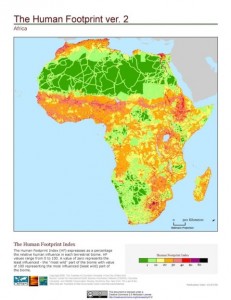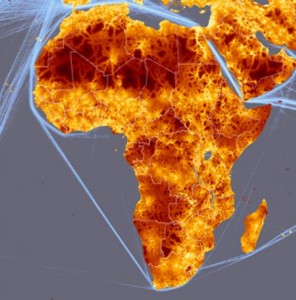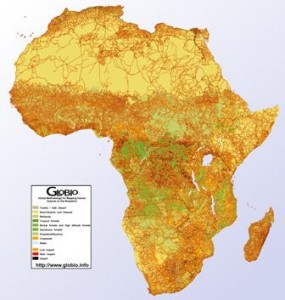There’s also rice, for one thing. Check out the recent BBC video on the Eden Project: rice makes an appearance at about the 2:30 mark. A quick search of the website does suggest that agrobiodiversity is well represented in the Biomes. And you can definitely buy crop seeds in the shop. But I couldn’t find any references to crop wild relatives on the website, which seems a pity. Or have I missed something? Eden would seem to be a great opportunity for education and public awareness on CWRs.
Happy 150th birthday to the Missouri Botanical Garden
There’s a nice, informative piece on the history and achievements of the Missouri Botanical Gardens in the St Louis Post-Dispatch. It celebrates the garden’s 150th anniversary this year, very much focusing on the international research aspects of its work.
Leading those efforts is Peter Raven, the garden’s director since 1971.
“What Dr. Raven has done is establish a world-class research organization that’s dedicated to protecting biodiversity around the globe,” said Roger Beachy, president of the Donald Danforth Plant Science Center. “His vision is global, and the garden’s work reflects that.”
You may remember a little post we did about the place last year on the occasion of its 6 millionth specimen.
Not only are garden scientists routinely discovering plants new to science, they’re also investigating plants to be used in new drugs and those that form the backbone of the world’s food supply.
Unfortunately there was not much more in the article about the plants that form the “backbone of the world’s food supply,” which I take to be a reference to work on crop wild relatives.
One tool the garden has developed that is assisting scientists do just that is the Tropicos database, which contains more than 3.5 million plant records, the world’s largest.
“If you want to preserve an ecosystem, you’d better know what plants you have,” said Rainer Bussmann, director of the William L. Brown Center for Plant Genetic Resources.
The Brown Center is where garden staff conducts its applied research, studying plants used for medicine, supplements, food and clothing. Among the plants garden staff have reviewed is the rosy periwinkle, which produces a drug shown to help children with leukemia.
Surely there was a better example than that old chestnut!
The Post-Dispatch also has a bunch of videos on the garden.
Nibbles: AnGR newsletter, Sheep conservation, Gardener biographies
- Animal Genetic Resources Information Bulletin 44.
- How the Sheep Trust was born.
- Map of British gardeners.
Lost Crops of Africa on air
The National Research Council’s series on Lost Crops … is on our shelves, and well-thumbed too. Now comes news that Voice of America has just launched a five part series reporting on various aspects of the story. The first episode — “Lost Crops” of Africa Could Combat Poverty and Hunger — is online here, with links so you can download and listen to the broadcasts.
Other episodes available are:
- Certain Fruits Among Africa’s Lost Crops with Noel Vietmeyer
- Certain Vegetables Among Africa’s Lost Crops with Martin Price
- Local African grains among Lost Crops with Adi Damania
- Plans and Hopes for Developing Lost Crops of Africa with Professor Damania again
It’s odd, though, that in the final episode Professor Damania gives the impression that only two of the CGIAR centres are involved in research on these lost crops. We can think of others…
Three different ways of looking at Africa
I ran the Last of the Wild dataset I talked about yesterday past our friend Andy Nelson, he of the accessibility map, and his reaction was that there was a quick paper, or at least an MSc thesis, in comparing that map with his and with the product of the GLOBIO project. Well, here’s what Africa looks like according to the three different methodologies, just to give you a taste. Quite similar, at first look, though we’ll have to wait for that MSc to be sure, I guess. Now, the question is, can such data be used to predict things like the amount of agrobiodiversity in farmers’ fields?


